Dynamic Content Generation
In the Generative AI in Gaming Market Industry, the ability to create dynamic content is revolutionizing player engagement. AI algorithms can generate unique game environments, quests, and narratives tailored to individual player preferences. This capability not only enhances replayability but also fosters a more immersive gaming experience. Recent studies indicate that games utilizing generative AI for content creation have seen a 25% increase in player retention rates. By continuously adapting to player behavior, these games maintain a fresh and engaging atmosphere, which is crucial in an industry characterized by rapidly changing consumer interests. Consequently, the Generative AI in Gaming Market Industry is positioned to grow as developers increasingly recognize the value of personalized gaming experiences.
Cost Reduction in Game Production
The Generative AI in Gaming Market Industry is also benefiting from significant cost reductions associated with game production. By automating various aspects of game design and development, studios can minimize labor costs and resource expenditures. For instance, generative AI can assist in creating high-quality graphics and animations without the need for extensive manual input, potentially lowering production costs by up to 40%. This financial efficiency allows smaller studios to compete with larger entities, fostering a more diverse gaming landscape. As the industry evolves, the emphasis on cost-effective solutions is likely to drive further investment in generative AI technologies, thereby enhancing the overall competitiveness of the Generative AI in Gaming Market Industry.
Enhanced Game Development Efficiency
The Generative AI in Gaming Market Industry is witnessing a surge in the adoption of AI-driven tools that streamline game development processes. These tools enable developers to automate repetitive tasks, such as asset creation and level design, thereby reducing the time and resources required for game production. According to recent estimates, the integration of generative AI can potentially decrease development time by up to 30%, allowing studios to focus on creative aspects. This efficiency not only accelerates the release of new titles but also enhances the overall quality of games, as developers can allocate more time to refining gameplay mechanics and storytelling. As a result, the Generative AI in Gaming Market Industry is likely to attract more investment, fostering innovation and competition among game developers.
Improved Player Engagement through AI
The Generative AI in Gaming Market Industry is increasingly focused on enhancing player engagement through advanced AI techniques. By analyzing player behavior and preferences, generative AI can create tailored experiences that resonate with individual gamers. This personalization can manifest in various forms, such as adaptive difficulty levels, customized storylines, and unique in-game rewards. Research suggests that games employing these AI-driven strategies can experience a 20% increase in player satisfaction. As developers strive to create more engaging and immersive experiences, the role of generative AI becomes paramount in shaping the future of the gaming landscape. The Generative AI in Gaming Market Industry is thus likely to see a rise in demand for innovative AI solutions that prioritize player engagement.
Expansion of Virtual Reality and Augmented Reality
The Generative AI in Gaming Market Industry is poised for growth with the expansion of virtual reality (VR) and augmented reality (AR) technologies. Generative AI plays a crucial role in enhancing these immersive experiences by creating realistic environments and interactive elements that respond to user actions. As VR and AR technologies become more mainstream, the demand for high-quality, engaging content will increase. Recent projections indicate that the VR gaming market alone could reach a valuation of over 12 billion dollars by 2026, with generative AI being a key driver in this growth. The integration of AI in VR and AR gaming not only enriches the user experience but also opens new avenues for storytelling and gameplay, positioning the Generative AI in Gaming Market Industry at the forefront of technological innovation.
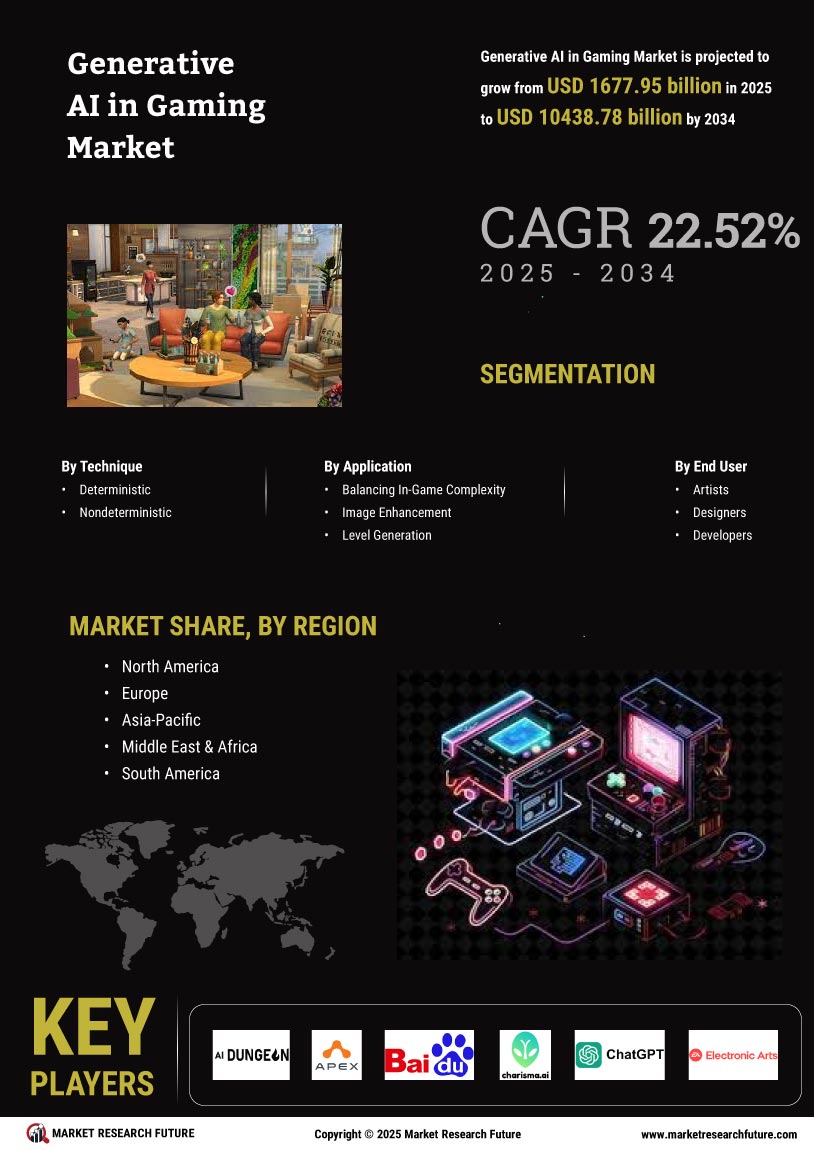

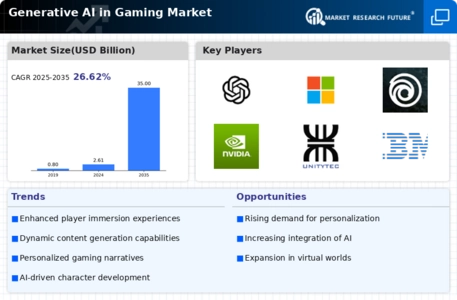
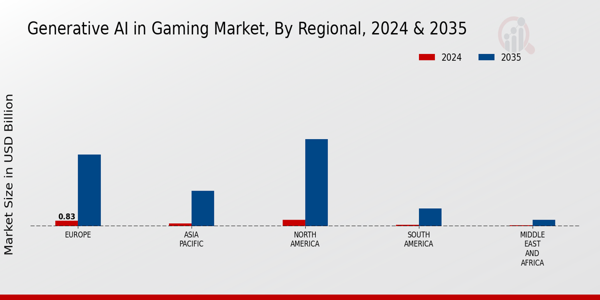
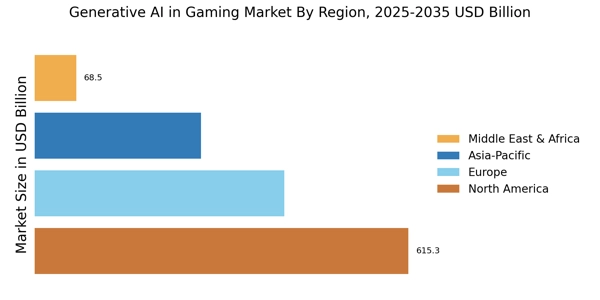

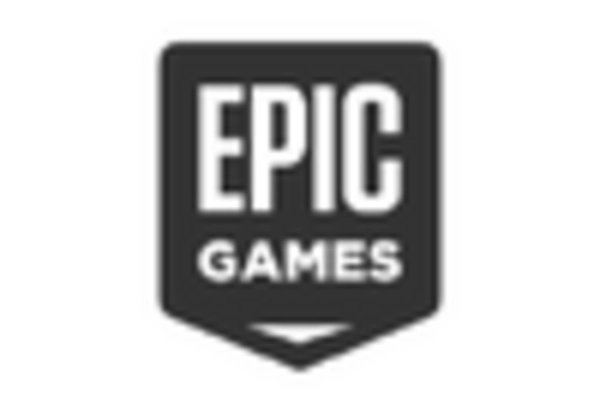



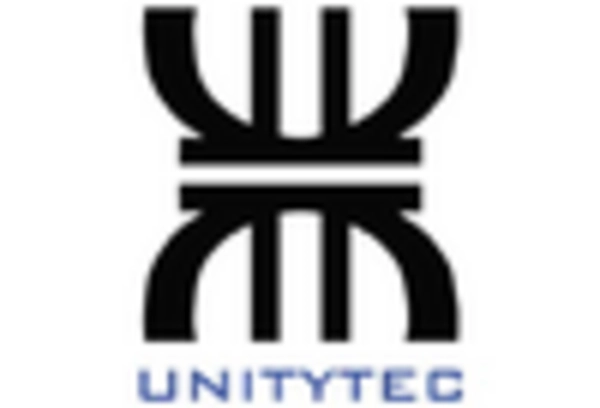








Leave a Comment